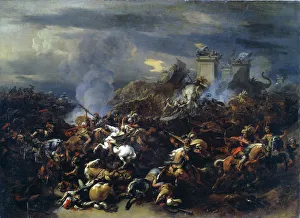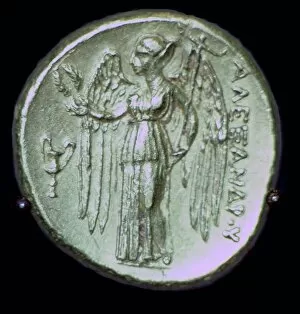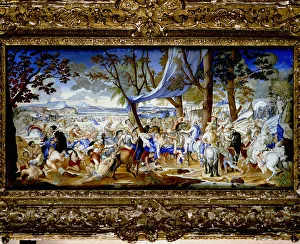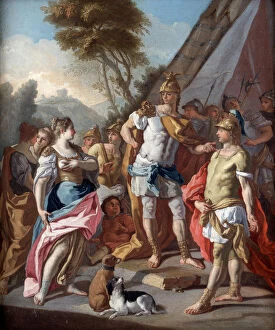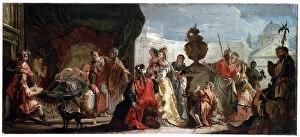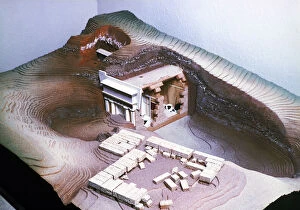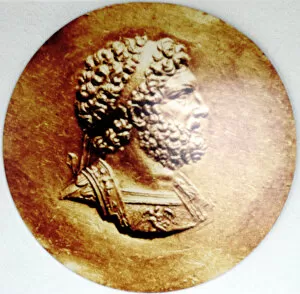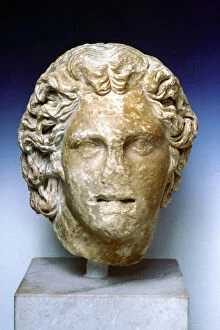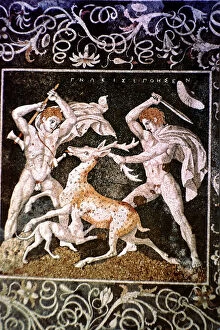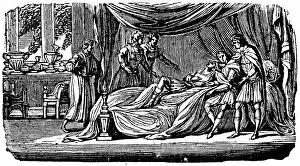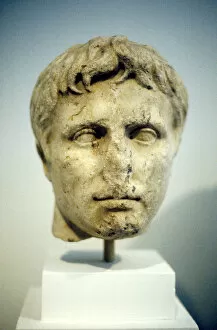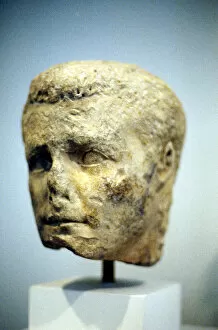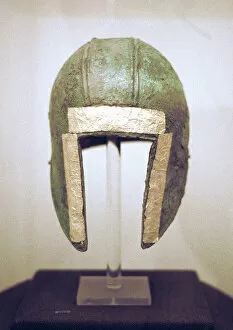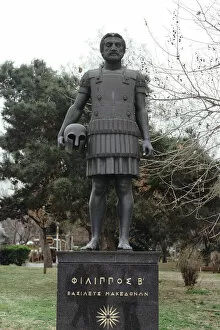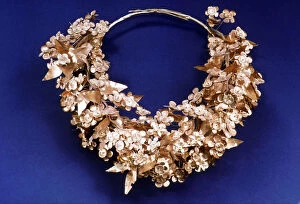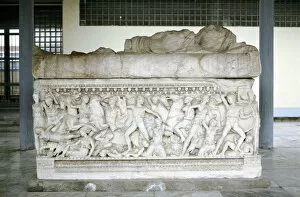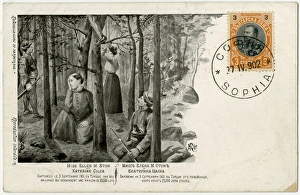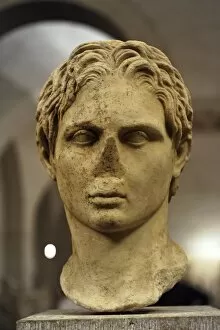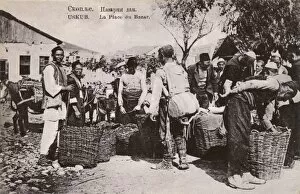Macedonian Collection (page 9)
Explore the rich history and breathtaking landscapes of Macedonia
All Professionally Made to Order for Quick Shipping
Explore the rich history and breathtaking landscapes of Macedonia. From the mighty Macedonian Empire under Alexander the Great to the charming city of Ohrid, this captivating region has so much to offer. Step back in time with a map showcasing the vast Macedonian Empire after Alexander's conquests. Marvel at how this ancient civilization expanded its borders and left an indelible mark on history. Delve deeper into Macedonia's past with another map, highlighting its close ties with Thracian Empire. Discover how these two powerful empires coexisted and influenced each other throughout centuries. Visit Ohrid, a picturesque town nestled by Lake Ohrid. Wake up to stunning views of Sveti Jovan at Kaneo Church, a 13th-century architectural gem that stands proudly against the morning sky. Immerse yourself in tranquility as you take in the beauty of both nature and man-made wonders. Experience Skopje from a different perspective as you gaze upon it from atop its citadel. Behold panoramic vistas that showcase both modernity and historical landmarks blending seamlessly together. Witness firsthand how this vibrant city embraces its past while embracing progress. Travel back even further in time as you witness Alexander's army preparing for their fateful mission to destroy Persepolis. Feel the anticipation and determination radiating from these brave soldiers who were part of one of history's greatest military campaigns. Discover more about Alexander himself - King of Macedon - through an intriguing image depicting him inside a diving bell. Uncover his thirst for exploration and innovation as he ventured beneath the surface, pushing boundaries even underwater. Learn about Macedonia's fight for independence through images capturing moments during their revolt in 1903. Witness their resilience and courage as they fought for self-determination against oppressive forces. Finally, venture beyond Macedonia's borders to Thessaloniki, Greece where you'll encounter unique sights like Macedonian buffalos accompanied by their drivers.

